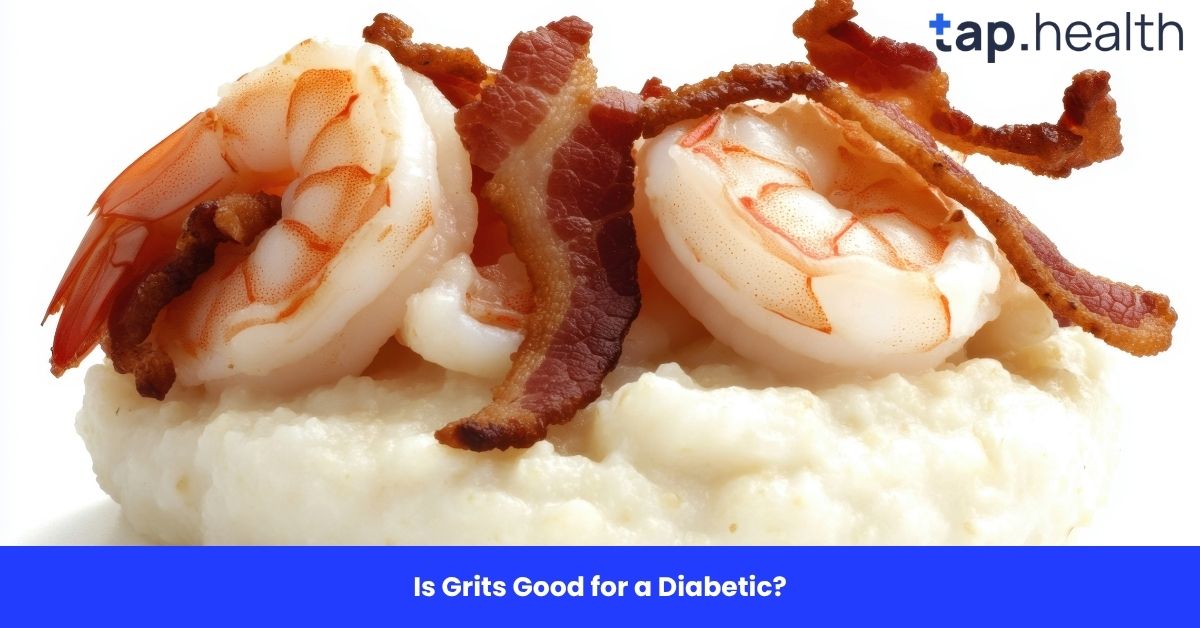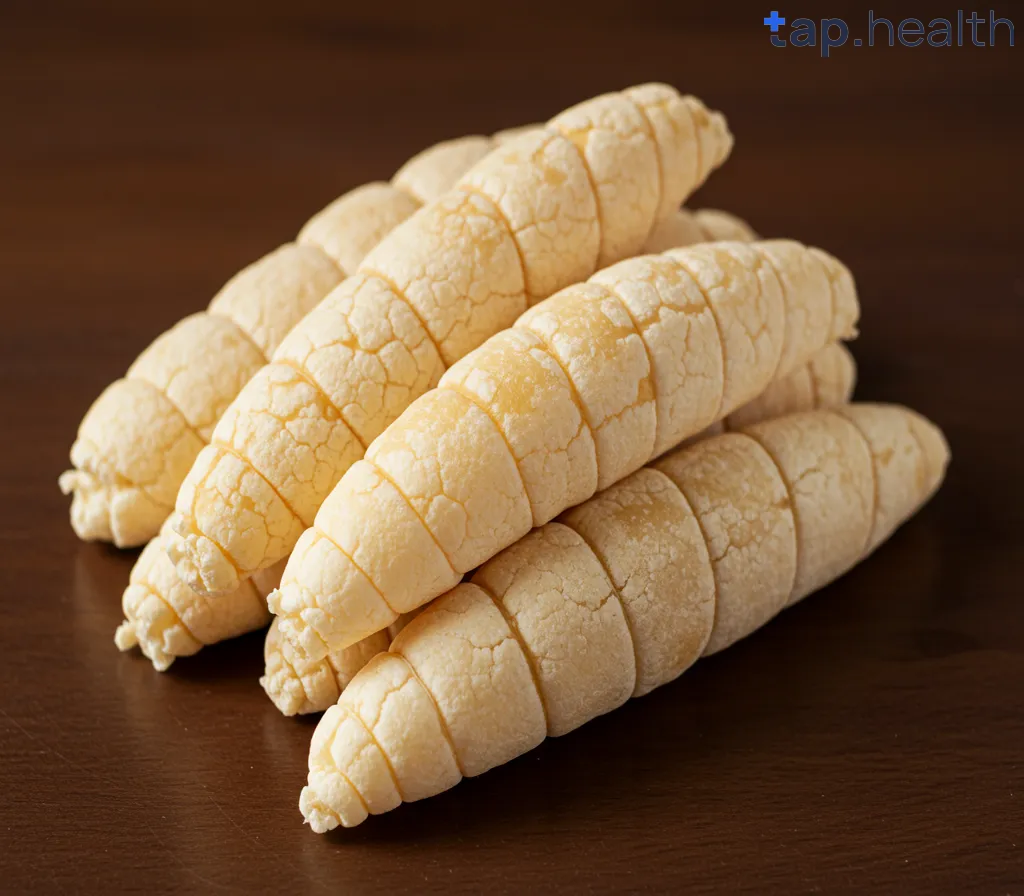Costco’s rotisserie chicken has become a staple for many households due to its convenience, taste, and affordability. However, for people managing diabetes, it’s essential to understand whether this popular food item fits into a healthy diet. In this comprehensive guide, we’ll explore the nutritional content of Costco’s rotisserie chicken, its suitability for diabetics, and how it can impact blood sugar levels. We’ll also address common concerns and provide valuable tips for incorporating it into a diabetic-friendly diet.
What Is Costco Rotisserie Chicken?
Costco’s rotisserie chicken is a whole chicken seasoned and cooked to perfection. Known for its juicy, tender meat and crispy skin, it is a ready-to-eat option that many people enjoy for its convenience. It’s often considered a great choice for meal prepping or a quick, affordable family dinner.
Typically, Costco rotisserie chicken is sold in large portions, making it an economical choice for larger families. But, when it comes to diabetes, there are specific aspects to consider before making it a regular part of your diet.
Nutritional Breakdown of Costco Rotisserie Chicken
Understanding the nutritional content of Costco’s rotisserie chicken is crucial for anyone managing diabetes. Here’s a detailed breakdown of its components:
1. Calories and Serving Size
A single serving of Costco rotisserie chicken (about 3 ounces) contains approximately 140-170 calories. This makes it a relatively low-calorie option, especially when compared to other meat choices. However, be mindful of portion sizes, as larger servings can add up in calories.
2. Protein Content
Rotisserie chicken is an excellent source of protein, providing around 20-25 grams of protein per 3-ounce serving. Protein is essential for building and repairing tissues and helps maintain muscle mass. For diabetics, protein can also help regulate blood sugar levels by slowing down the absorption of carbohydrates.
3. Fat Content
A 3-ounce serving of Costco rotisserie chicken contains approximately 7-9 grams of fat, including 2-3 grams of saturated fat. While fat is necessary for a balanced diet, consuming too much saturated fat can increase the risk of heart disease. Diabetics should aim to limit their intake of saturated fats to maintain cardiovascular health.
4. Carbohydrates
Costco’s rotisserie chicken contains very few carbohydrates, typically around 0-2 grams per serving. This makes it an ideal choice for diabetics, as foods low in carbs help maintain stable blood sugar levels. However, be cautious of any added sauces or marinades that may contain sugar or other high-carb ingredients.
5. Sodium Content
One of the more concerning aspects of Costco’s rotisserie chicken is its sodium content. A 3-ounce serving contains around 500-600 milligrams of sodium, which can be quite high, especially for those with diabetes. High sodium intake can contribute to high blood pressure and increase the risk of heart disease, which is particularly important for people with diabetes to monitor.
Is Costco Rotisserie Chicken Safe for Diabetics?
The short answer is yes—Costco rotisserie chicken can be part of a diabetic-friendly diet, but it should be consumed in moderation. Let’s dive deeper into why this is the case.
1. Blood Sugar Impact
Foods that are high in protein and low in carbohydrates, such as rotisserie chicken, have a minimal impact on blood sugar levels. This makes it a great option for diabetics who need to control their blood sugar throughout the day. Protein can help slow the digestion of carbohydrates, providing a more gradual release of glucose into the bloodstream.
2. Heart Health Considerations
While Costco rotisserie chicken is a good source of protein, it does contain a fair amount of sodium and saturated fats. For diabetics, heart health is particularly important as they are at higher risk for cardiovascular diseases. Excessive sodium can lead to high blood pressure, and too much saturated fat can increase cholesterol levels. It’s essential to balance your diet with lower-sodium and healthier fat sources, such as olive oil, avocados, and nuts.
3. Weight Management
Managing weight is another crucial factor for diabetics. Costco rotisserie chicken is relatively low in calories and can help keep you full, thanks to its high protein content. If consumed as part of a balanced meal with vegetables or healthy carbs, it can contribute to weight management, which is essential for controlling diabetes.
Also Read this: How Many Calories in a Rotisserie Chicken?
How to Include Costco Rotisserie Chicken in a Diabetic Diet
Now that we know it’s generally safe for diabetics to eat Costco rotisserie chicken, let’s explore how to incorporate it into your diet in a healthy way.
1. Control Portion Sizes
Even though Costco rotisserie chicken is low in carbs, it’s still essential to watch your portion sizes. Eating too much of any food, even a healthy one, can cause imbalances in your diet. Stick to a 3-ounce serving to keep your calorie intake in check.
2. Pair with Low-Carb Vegetables
For a well-rounded meal, pair your rotisserie chicken with a variety of non-starchy vegetables like broccoli, spinach, zucchini, or cauliflower. These vegetables are low in carbs and high in fiber, which can help stabilize blood sugar levels.
3. Limit or Skip Sauces and Marinades
Some rotisserie chickens come with added marinades or sauces, which can contain hidden sugars or excessive sodium. If you want to keep your meal as healthy as possible, try removing the skin (which often holds a lot of the seasoning and fat) or skipping the sauces altogether.
4. Balance with Healthy Fats
While Costco rotisserie chicken contains some fat, it’s essential to balance your fat intake by incorporating healthy fats into your diet. Add some avocado or a handful of nuts to your meal for extra nutrition. This helps maintain good heart health and keeps you feeling satisfied.
Potential Risks of Costco Rotisserie Chicken for Diabetics
While Costco rotisserie chicken can be a good choice for people with diabetes, there are a few potential risks to keep in mind.
1. Excessive Sodium
As mentioned earlier, Costco rotisserie chicken is relatively high in sodium. Consuming too much sodium can increase your blood pressure and strain your kidneys, both of which are important concerns for diabetics. If you’re trying to reduce your sodium intake, you can look for lower-sodium alternatives or make your own rotisserie chicken at home.
2. Risk of Overeating
Rotisserie chicken is easy to overeat because it’s pre-cooked and ready to eat. Since it’s also a tasty and filling meal, it can be tempting to eat more than you need, which could lead to excessive calorie intake. This is particularly important for diabetics who need to manage their weight and calorie consumption carefully.
Frequently Asked Questions (FAQs) on Costco Rotisserie Chicken and Diabetes
1. Can Costco Rotisserie Chicken Help Manage Blood Sugar?
Yes, the protein content in Costco rotisserie chicken helps stabilize blood sugar levels by slowing down the digestion of carbohydrates. However, it’s important to pair it with other foods that are low in sugar and high in fiber for optimal blood sugar control.
2. Is Costco Rotisserie Chicken Healthy for Diabetics?
Costco rotisserie chicken can be a healthy option for diabetics if consumed in moderation. It’s low in carbs, high in protein, and provides essential nutrients. However, the high sodium content and saturated fats should be monitored to avoid heart-related issues.
3. How Much Sodium is in Costco Rotisserie Chicken?
A 3-ounce serving of Costco rotisserie chicken contains around 500-600 milligrams of sodium. This can add up quickly if you consume large portions, so it’s important to be mindful of your sodium intake, especially if you have high blood pressure or other heart-related issues.
4. Can Diabetics Eat Costco Rotisserie Chicken Every Day?
While Costco rotisserie chicken can be part of a healthy diet, it’s important not to eat it every day. The high sodium content and the risk of overeating should be taken into account. Incorporating a variety of protein sources, such as fish, beans, or lean cuts of meat, will ensure you get a balanced diet.
5. What Is the Best Way to Cook Chicken for Diabetics?
The healthiest way to cook chicken for diabetics is to grill, bake, or roast it without excessive oil or seasoning. Avoid frying the chicken, as this can add unhealthy fats and calories. You can also make your own rotisserie chicken at home, controlling the seasoning and fat content.
Conclusion
Costco rotisserie chicken can be a healthy and convenient choice for diabetics when eaten in moderation. It offers high-quality protein with minimal carbohydrates, making it suitable for blood sugar control. However, be cautious of its sodium and fat content, and balance your meals with other healthy foods like vegetables and whole grains. By following these guidelines, you can enjoy Costco rotisserie chicken as part of a well-rounded, diabetic-friendly diet.



